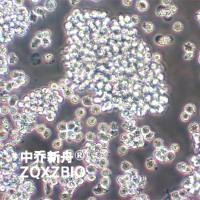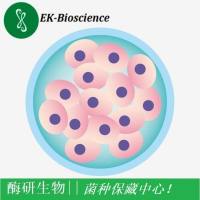In just a few years, the green fluorescent protein (GFP) from the jellyfish Aequorea victoria has jumped from relative obscurity to become one of the most widely studied and exploited proteins in cell biology. Discovered by Shimomura et al. (1 ), GFP acts as a fluorophore and native companion to the famous chemiluminescent protein aequorin (2 ), also from Aequorea . GFP absorbs blue light emitted by aequorin and re-emits photons at a longer wavelength, thus accounting for the green glow of the intact jellyfish (3 ). In research terms, the crucial breakthroughs came with the cloning of the gene (4 ) and the demonstration that expression of the gene in other organisms creates green fluorescence (5 ,6 ). This is possible because the gene alone contains all the information necessary for the post-translational synthesis of the chromophore, and no jellyfish-specific enzymes are required. These properties have made GFP a powerful and versatile tool for investigating virtually all fields of cell biology, including the study of membrane traffic and dynamics, organelle structure, and gene expression. By using both homologous and heterologous systems, and with the development of methods to culture megakaryocytes in vitro (see Chapters 22 , 23 , and 27 , vol. 1), it is likely that the use of GFP will make a significant contributibution to our understanding of megakaryocyte and platelet signaling. In this chapter we discuss aspects of using GFP in the imaging of protein dynamics in living cells.






